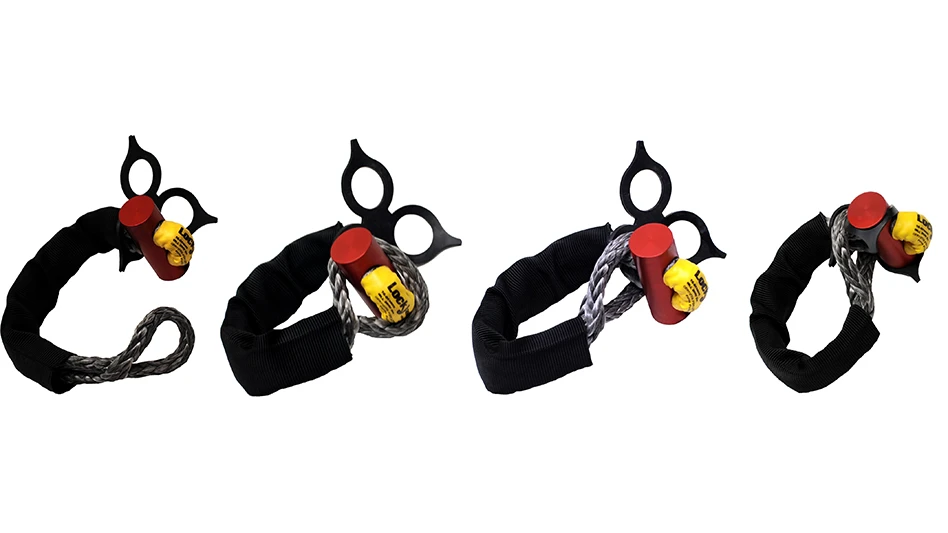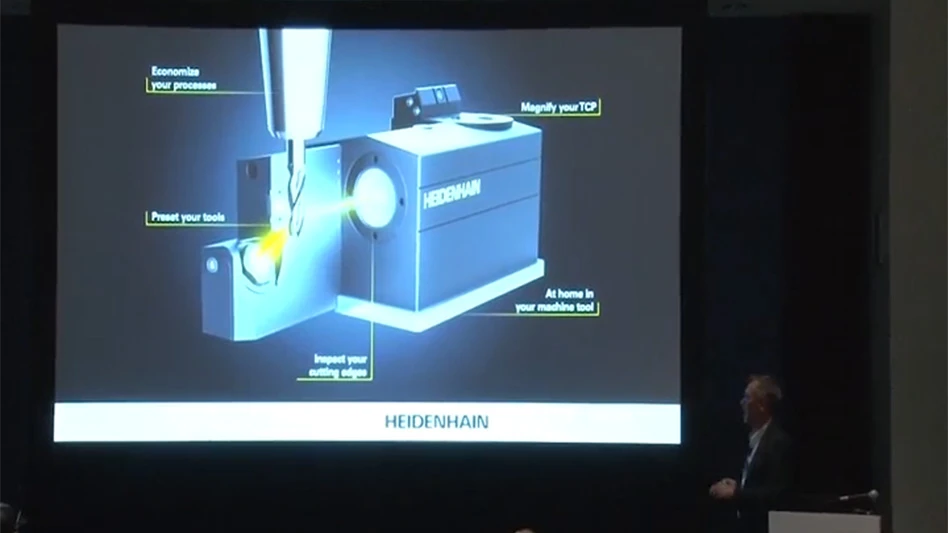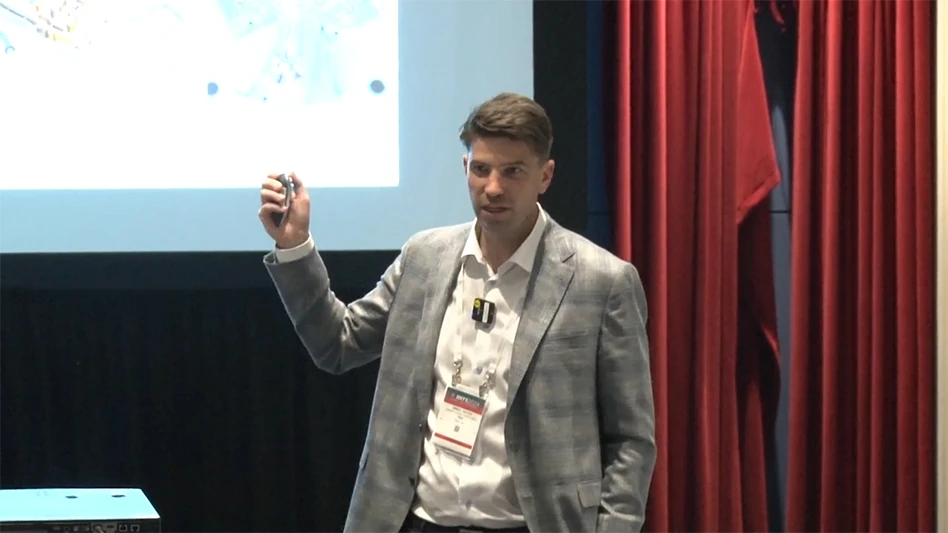
On Dec. 2, 2016, Vanilla Aircraft LLC’s VA001 unmanned aircraft system (UAS) completed a non-stop, unrefueled, 56-hour flight at the New Mexico State University UAS test site. The flight was submitted to the Fédération Aéronautique Internationale for a world duration record for combustion-powered, unmanned aerial vehicles in the 50kg to 500kg class.
Planned as a 120-hour mission, the flight was cut short due to weather and range restrictions. The UAS carried 20 lb of payload, flying at 6,500ft to 7,500ft. The VA001 is designed to carry a 30 lb payload at 15,000ft for up to 10 days without refueling. The flight, supported by Defense Advanced Research Projects Agency funds through Naval Air System Command, was the fourth-longest for an unmanned airplane and 11th-longest for any airplane. www.vanillaaircraft.com
Sentera honored with award by Minnesota High Tech Association
The Minnesota High Tech Association (MHTA) has recognized Sentera as the 2016 Tekne Startup Award recipient. Tekne Awards honor companies and individuals who play a significant role in developing new technologies that positively impact the lives and futures of people living around the world. Sentera designs, develops, and manufactures remote-sensing technologies in the agriculture, infrastructure, and public safety industries.
Sentera sensors fly over farm fields, measuring nitrogen or moisture levels in soil or identifying stressed areas. Data managed at the field through Sentera software offers better yields using fewer inputs. In a single growing season, Sentera’s equipment gathered more than 175 terabytes of data from 8,000 UAS flights. The company passed a milestone of collecting more than 25 million acres of images.
Eric Taipale, Sentera’s CEO, says “We believe we’re solving real problems and love that we get to make a difference in how our customers do business.” www.sentera.com
UAS, optionally-piloted helicopters show firefighting capabilities

Lockheed Martin has demonstrated how its suite of optionally-piloted helicopters and small unmanned aerial systems (UAS) can work together to successfully locate and extinguish fires, locate a missing person, and bring that person to safety.
“When lives are at risk, advanced human-machine teams can complete dangerous missions without putting others in harm’s way,” says Dan Spoor, vice president, unmanned systems.
The optionally piloted Kaman K-MAX and the Sikorsky Autonomy Research Aircraft (SARA) engaged in collaborative firefighting and search-and-rescue with the Indago quadrotor and Desert Hawk 3.1 fixed-wing unmanned aircraft system (UAS) providing information, surveillance, and reconnaissance.
The Indago also identified hot spots and relayed that information to an operator who directed the K-MAX to autonomously retrieve water from a nearby pond and drop it onto the fire, extinguishing the flames.
The Desert Hawk identified the location of a missing person and SARA, a modified S-76 commercial helicopter, conducted the search and directed the rescue. Sikorsky MATRIX technology on SARA allows operators to fly large rotorcraft as autonomous or optionally piloted aircraft. Using information provided by K-MAX, SARA autonomously scanned the area and found a safe place to land.
The New York UAS Test Site Operations Center at Griffiss International Airport also demonstrated progress toward UAS traffic management. The center uses radars and sensors to track manned, unmanned, and optionally-piloted aircraft systems. www.lockheedmartin.com/unmanned

Explore the March 2017 Issue
Check out more from this issue and find your next story to read.
Latest from Aerospace Manufacturing and Design
- Molex to acquire AirBorn
- Nano Dimension's Exa 250vx digital light processing (DLP) 3D printer
- IMTS 2024 Booth Tour: Fagor Automation Corp.
- How Robotics and Automation are Transforming Manufacturing
- Wichita State’s NIAR delivers fiber metal laminate test panel to FAA
- Walter's PCD milling cutters
- IMTS 2024 Booth Tour: Marubeni Citizen-Cincom, Inc.
- Mazak celebrates 50th anniversary in Kentucky





